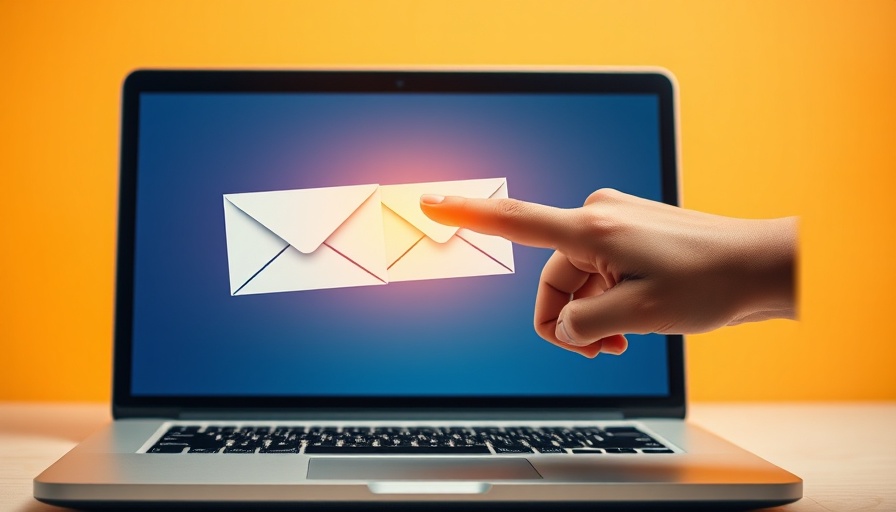
Why You Shouldn’t Leave Prospects Hanging
In the world of sales, a lack of response can leave you feeling frustrated and uncertain. But before you throw in the towel, it’s essential to remember that many factors can contribute to someone ghosting you. They may simply be swamped dealing with their own pressing issues or your email could have become just another casualty in their overcrowded inbox.
The statistics speak for themselves: Salespeople who send follow-up emails stand a much better chance at rekindling interest. A study indicates that follow-up emails can boost response rates significantly. On average, those who persist with one follow-up email see a reply rate increase from 16% to 27%. The lesson? Persistence echoes louder than silence in sales, and every email counts.
Crafting the Perfect Follow-Up
So how do you compose that follow-up email that not only grabs attention but warrants a response? Follow these guidelines:
- Timeliness is Key: Don’t flood the bandwidth with quick follow-ups. A carefully timed email—about 3-5 days after your initial message—shows professionalism and respect for the recipient's time.
- A Clear Subject Line: Your email's subject line is the first barrier to entry; keep it relevant, concise, and inviting. For instance, employ phrases like “Checking In” or “Did You Catch My Last Email?” to initiate action.
- Keep it Short and Engaging: Avoid lengthy paragraphs. Aim for clarity in your communication with brief, impactful messages that get to the point without overwhelming the reader.
The Emotional Leverage of Follow-Up Emails
Let's face it: Sending a follow-up email can feel riskier than sending your original pitch. You might worry that you're coming off as pushy or desperate. Yet, it’s essential to consider this: you are not just selling; you’re building relationships. Your follow-up email expresses your genuine interest and professionalism while putting you front and center in their priorities.
Think about it this way: when you initiate a follow-up, you’re also offering a second chance to engage. You may be providing that person with a nudge that could lead to a valuable relationship or business opportunity.
Strategies to Avoid Common Pitfalls
When crafting your follow-up email, steer clear of these rookie mistakes:
- Re-sending Your Previous Email: While you might be tempted to simply send the same email again, this is often perceived as lazy or uninspired. Instead, frame your follow-up around the last communication you had—referencing key points and expressing your interest in continuing the conversation.
- Focusing Only on Your Needs: A good follow-up shouldn’t solely reiterate what you want. Instead, consider what value you can offer to your prospect. How can your services solve a problem or alleviate a concern?
Conclusion: The Power of the Follow-Up
In sales, sending follow-up emails isn’t just a formality; it’s a strategic advantage that could lead to innumerable opportunities. Whether you're reigniting interest in a prospect or ensuring a connection persists, remember that every email represents a stepping stone in building professional relationships.
Next time you're left hanging, don’t give in to defeat. Harness the potential of your words, and craft that follow-up with care and confidence. The outcome might just surprise you!
 Add Row
Add Row  Add
Add 




Write A Comment